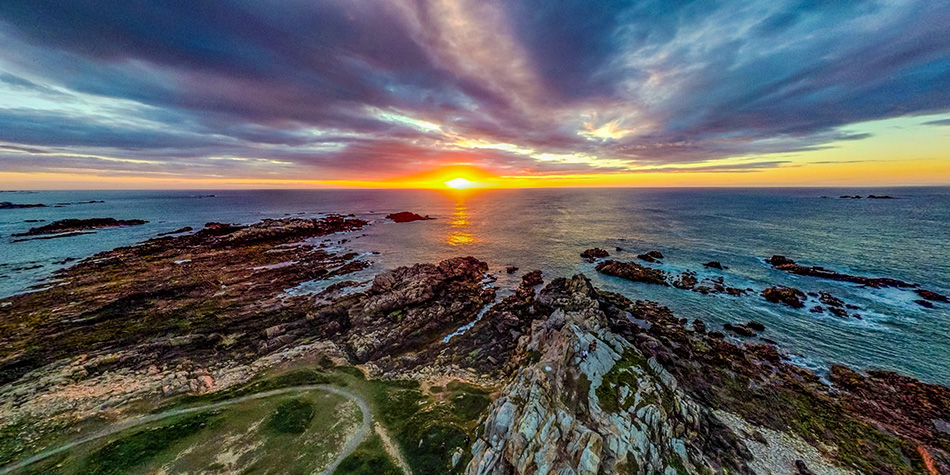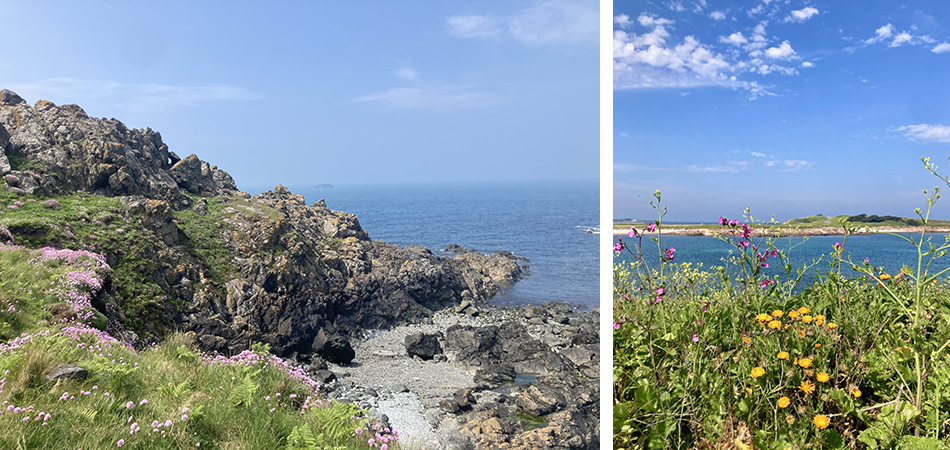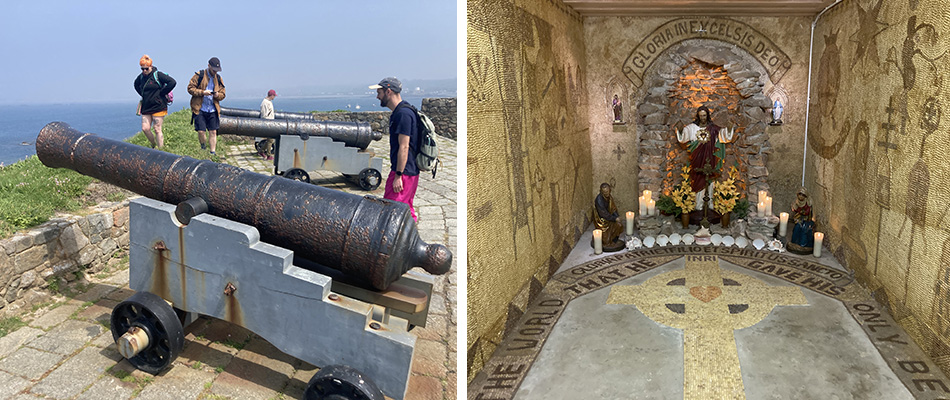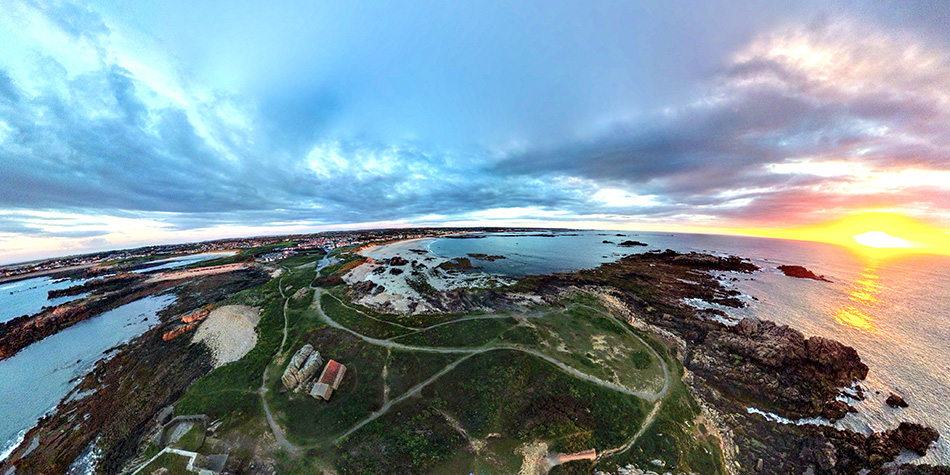
On the road, over the sea!
I first visited the island of Guernsey nearly 20 years ago and have returned many times since. Although it has been a regular trip for us “Domers”, the prospect of rolling onto the ferry and heading across the channel to these islands always feels like an adventure! Not least because you never know what mother nature intends for your passage. Will it be calm and as smooth as a millpond, or will it be a wild and lumpy ride, making you think twice before visiting the onboard restaurant?
Thankfully, this year it was the former. Not only was the sea almost mirror-flat but the entire seven-hour journey was bathed in glorious sunshine.
Guernsey, and the Channel Islands generally, enjoys a rather unique position within the United Kingdom. Although they align with the UK in many ways, they have their own governance, currency and culture. Guernsey has its own language too, an archaic form of Norman French that is rarely spoken but evident in almost every road sign and district name.

It is always a pleasure to visit the schools of Guernsey, the people are incredibly welcoming and helpful everywhere you go. Without access to large museums or science centres, the children and staff appear to appreciate our shows immensely. The enthusiasm and gratitude we receive is humbling and serves to remind me of the reasons I began my career in science communication.
This year, we arrived on the island with two domes and our Science Tricks show. Over the course of (just over) a week, we visited 12 schools and presented 25 Space shows, 19 Environment shows, three Earth shows and 19 Science Tricks chemistry shows. It was fantastic!
Without the long distances we usually have to travel to and from school here on the mainland, we had ample time after school to enjoy the natural and historical beauty this island has to offer. The west coast offered us some of the most spectacular sunsets, and we scrambled around many of the old forts which line the coast. We even managed a dip in the sea!

One of the more unusual places we visited was a chapel inside a former bunker built during Nazi occupation. The Shrine of the Sacred Heart was created in the 1960s by Guernsey man Hubert Le Galloudec. He used around 1 million seashells to transform what was a place of war, into a place of peace. The resulting shrine is an impressive sight.
A tour like this comes with considerable logistical challenges, but it was all “plain sailing” (pun intended!) thanks to the hard work of our tour manager, Matina. She worked tirelessly to ensure everyone knew where they were going and what they were doing and ensured that all the schools received the shows they were expecting! Thank you, Matina!
Now, better get ready for Jersey in October…

